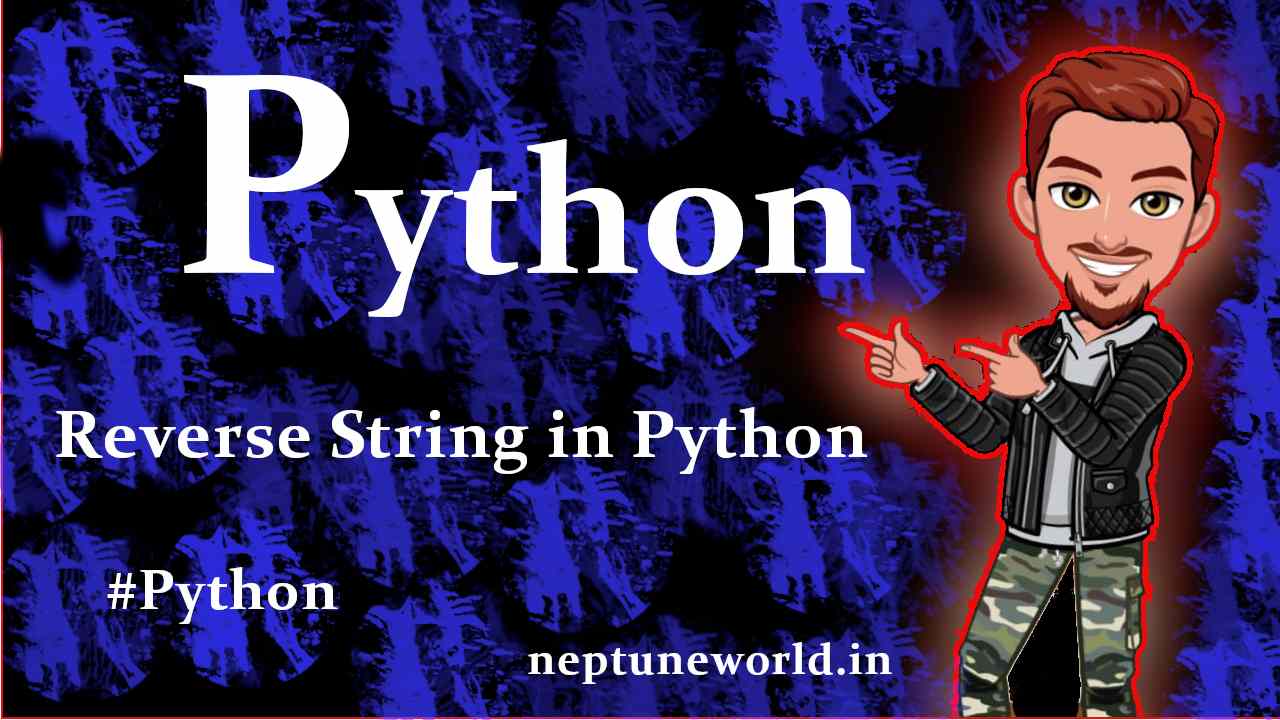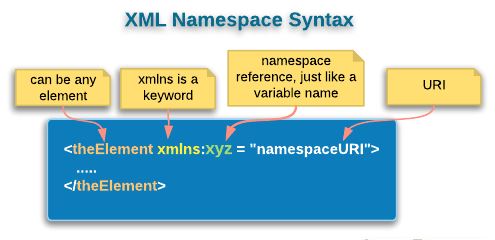Input and Output in Python
Author: neptune | 13th-Jul-2023
In this article, we will explore how Python handles user input and output. We'll start by discussing input, and then move on to output.
Input in Python
In Python, regardless of the data provided by the user, it is always taken as a string. Therefore, if we want to use the input as a different data type, we need to convert it. Here's the syntax for taking input from the user:
Syntax :
$ input(“Message to user”)
Example:
As you can see, when the user enters their name, Python stores it as a string. We'll cover more examples later on.
How to take input from users in Python?
To receive input from the user, Python provides an inbuilt function called ‘input()’. We can also pass a message to the user to indicate what we expect them to enter.
Example:
1. We can store the value obtained from the user in variables using the ‘input()’ function.
2. If we check the datatype of the “Name” variable it is a string as shown below.
3. Even when the user enters a number, Python still treats it as a string. We can convert it to an integer using appropriate conversion functions.
Lets convert digits into Integer from String.
For now that’s all about the input in Python.
Output in Python
Python provides a built-in function ‘print()’ to display output to the user.
Syntax:
$ print(“Output String”, sep=’ ’, end = ‘/n’, file = file, flush = flush )
Example:
Note : Even if we provide numbers in print() internally python converts it into a string then displays it to the user.
1. Let's see how we can use the separator ‘sep’ in ‘print()’. The ‘sep’ parameter is used to specify the separator between values.
So, whatever we provide in sep it will insert in between the values as shown above.
2. By default, the ‘end’ parameter in ‘print()’ is set to '\n', which represents a new line. If we want to change it, we can specify a different value for ‘end’.
3. Python uses placeholders ‘{ }’ to indicate values that will be replaced by the values passed through ‘str.format()’ in order.
Syntax:
name = "John"
print("{}, is the founder of Neptuneworld.".format(name))
Output: John, is the founder of Neptuneworld.
4. How to format or truncate float values to a desired decimal place.
We can format or truncate floating-point values to a desired number of decimal places using the ‘format()’ function.
Example 1:
num=665.6754567, truncate to 2 decimal places.
num = 665.6754567
print("{:.2f}".format(num)) # Output: 665.68
Example 2:
num= 5546.456543, truncate to 3 decimal places.
num = 5546.456543
print("{:.3f}".format(num)) # Output: 5546.457
Conclusion
Now that you have a good understanding of Python input and output, you can comfortably handle user input and display output to the user.
If you’re still thirsty for more information, have questions, or simply would like to share your thoughts, then feel free to reach out in the comments section below.
#JavaScript #Python #Hackerrank #AI #Motivation #React.js #Interview #Testing #SQL #Selenium #LeetCode #Machine learning #IT #Problem Solving #API #Java #GPT #AWS #Algorithms #Certifications #TCS #Github #Projects #Jobs #Django #Microservice #Node.js #Google #Story #Pip #Data Science #Postman #Health #Twitter #Elon Musk #ML
 How to extract Speech from Video using Python?
How to extract Speech from Video using Python?Author: neptune | 16th-Jun-2023
#Python #Projects
Simple and easy way to convert video into audio then text using Google Speech Recognition API...
 How to download video from youtube using python module ?
How to download video from youtube using python module ?Author: neptune | 15th-Jun-2023
#Python
We will let you know how you can easily download the Youtube high quality videos along with subtitle, thumbnail, description using python package..
 Deploy Django project on AWS with Apache2 and mod_wsgi module.
Deploy Django project on AWS with Apache2 and mod_wsgi module.Author: neptune | 18th-May-2024
#Python #Django
In this blog I use the AWS Ubuntu 18.22 instance as Hosting platform and used Apache2 server with mod_wsgi for configurations. We create a django sample project then configure server...
 Best Python package manager and package for virtual environment ?
Best Python package manager and package for virtual environment ?Author: neptune | 18th-Jun-2023
#Python #Pip
We will explore the options of Pip, Virtualenv, Anaconda, and also introduce Pyenv as a helpful tool...
 Mostly asked Python Interview Questions - 2023.
Mostly asked Python Interview Questions - 2023.Author: neptune | 30th-May-2023
#Python #Interview
Python interview questions for freshers. These questions asked in 2022 Python interviews...
 Core Python Syllabus for Interviews
Core Python Syllabus for InterviewsAuthor: neptune | 26th-Jul-2023
#Python #Interview
STRING MANIPULATION : Introduction to Python String, Accessing Individual Elements, String Operators, String Slices, String Functions and Methods...
 Python Built-in functions lambda, map, filter, reduce.
Python Built-in functions lambda, map, filter, reduce.Author: neptune | 15th-Jun-2023
#Python
We are going to explore in deep some important Python build-in functions lambda, map, filter and reduce with examples...
 How to reverse string in Python ?
How to reverse string in Python ?Author: neptune | 16th-May-2022
#Python
We are going to explore different ways to reverse string in Python...
 Python 3.9 new amazing features ?
Python 3.9 new amazing features ?Author: neptune | 26th-Jul-2023
#Python
Python 3.9 introduces new features such as dictionary union, string methods to remove prefixes and suffixes, type hinting, and speed improvements for built-in functions...
 10 Proven Ways to Earn Money Through Python
10 Proven Ways to Earn Money Through PythonAuthor: neptune | 11th-Apr-2023
#Python
Python offers numerous earning opportunities from web development to teaching, data analysis, machine learning, automation, web scraping, and more...
 5 Languages that Replace Python with Proof
5 Languages that Replace Python with ProofAuthor: neptune | 13th-Apr-2023
#Python
Julia, Rust, Go, Kotlin, and TypeScript are modern languages that could replace Python for specific use cases...
 Building a Simple Chatbot with Python and openpyxl
Building a Simple Chatbot with Python and openpyxlAuthor: neptune | 25th-Jun-2024
#Python #Projects
This chatbot reads questions and answers from an Excel file and provides responses based on user input...
 Monkey Patching in Python: A Powerful Yet Controversial Technique
Monkey Patching in Python: A Powerful Yet Controversial TechniqueAuthor: neptune | 01st-Aug-2023
#Python
Monkey patching in Python is a dynamic technique to modify code at runtime. It can add/alter behavior, but use it judiciously to avoid maintainability issues...
 Best Practices for Managing Requests Library Sessions When Interacting with Multiple APIs ?
Best Practices for Managing Requests Library Sessions When Interacting with Multiple APIs ?Author: neptune | 22nd-Aug-2024
#Python
When working with Python's `requests` library, managing sessions is crucial, especially when your application interacts with multiple APIs...
 How to Ensure Proper Namespace Handling in XML with Python's lxml Library
How to Ensure Proper Namespace Handling in XML with Python's lxml LibraryAuthor: neptune | 01st-Jul-2024
#Python
By using `lxml`, you can effectively manage XML namespaces and ensure that your XML structure remains intact during updates...
 How to Update XML Files in Python?
How to Update XML Files in Python?Author: neptune | 01st-Jul-2024
#Python
Handling XML files in Python is straightforward with the `xml.etree.ElementTree` module...
View More